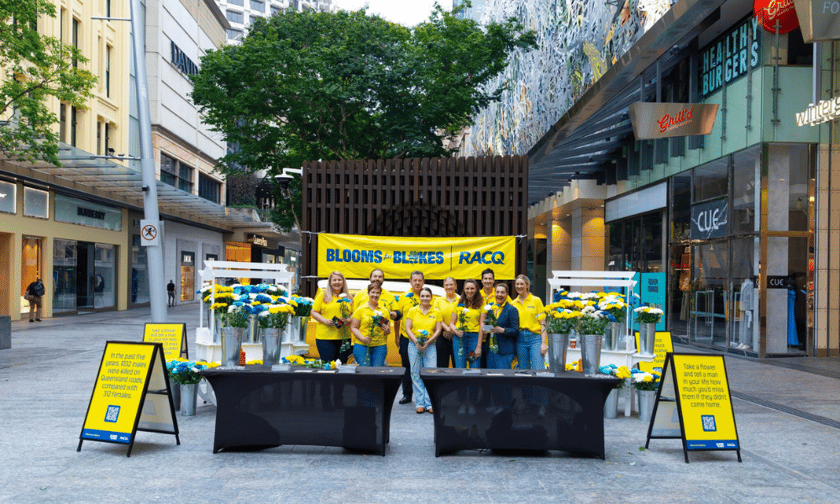

Recent data released by RACQ shows a significant gender gap in road fatalities in Queensland, with men being over three times more likely than women to die in crashes.
The figures, drawn from the Department of Transport and Main Roads (TMR), covered the period from Jan. 1, 2019, to Dec. 31, 2023. They revealed that 1,032 men lost their lives on the state’s roads, compared to 312 women.
These findings were released during Queensland Road Safety Week, emphasising the high incidence of risky driving behaviours among men.
RACQ’s general manager of advocacy, Joshua Cooney, noted that many of these deaths could have been avoided.
“The Fatal Five continues to contribute to most of these tragic deaths, and when we look at the breakdown of the data, the decisions some people are making are terrifying,” he said.
He saidthat alcohol and drugs contributed to 439 male fatalities, compared to 69 female fatalities. Speeding was a factor in 301 male deaths, while 37 women died under similar circumstances.
Additionally, disobeying road rules accounted for 660 male fatalities, significantly higher than the 135 female fatalities recorded.
Cooney also drew attention to the fact that male motorcyclists represent 29% of the male road toll, with 300 riders killed over the past five years, even though motorcycles account for only about 4% of registered vehicles in Queensland.
In response to these statistics, RACQ has reintroduced its Blooms for Blokes road safety campaign.
The initiative aims to raise awareness about the higher rate of male road deaths and encourage Queenslanders to remind the men in their lives about the importance of road safety.
“This campaign is centred on the idea that too often, the first time most men receive flowers is at their funeral,” Cooney said.
RACQ encourages people to give flowers to the men in their lives now, tell them how much they matter, and motivate them to make safer choices on the road.
The campaign was launched in Queen Street Mall, where an RACQ patrol vehicle was displayed with 1,032 flowers, each representing a male life lost on Queensland roads over the past five years.
In parallel with its road safety initiatives, RACQ is advocating for upgrades to the Bruce Highway.
An analysis of AusRAP crash data from 2018 to 2022 by RACQ showed that the Bruce Highway’s fatal and serious injury (FSI) crash rate is significantly higher than that of major highways in New South Wales and Victoria.
Approximately 1,398 kilometres of the Bruce Highway, particularly the section from Gympie to Cairns, remains single-lane and undivided, resulting in an FSI crash rate up to five times higher than similar highways.
The club, along with key partners, is urging political parties to commit to a 10-year funding plan aimed at improving the highway’s safety standards. It is also advocating for a return to the previous 80-20 federal-state funding split for the highway's enhancements.
